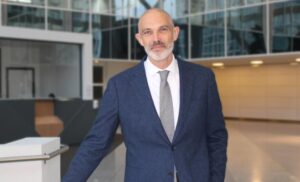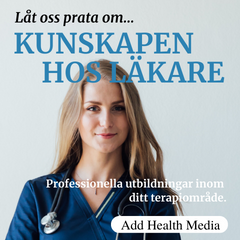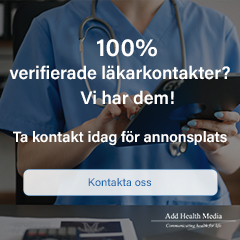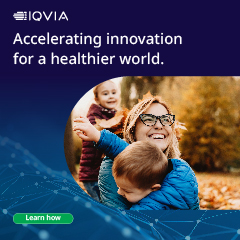IHI får ny Executive Director
IHI, Institute for Healthcare Improvement, som har sin bas i Boston, USA har fått en ny direktör.
Hello Niklas! We’re delighted to welcome you on board IHI. Can you tell us a little bit about yourself – what country are you from, what did you study and where were you working up until now?
Hi, it’s great to join and thank you for the warm welcome. I’m from Sweden, and I studied in Sweden. I did my PhD in Germany at the EMBL, the European Molecular Biology Laboratory, where I focused on methods to examine the structures of proteins, including bioinformatics. After my PhD I went back to Sweden to work for AstraZeneca, where I led computational teams in early research. I was with AstraZeneca for almost fourteen years, from 1999 to 2013. One of the things I did there was set up a project under the first IMI programme – working with colleagues in other companies to develop a proposal for a call and then co-leading the project. In 2013 I had the opportunity to move to Cambridge to set up ELIXIR, which is the European research infrastructure for life-science data. Now I’ve arrived at IHI, so that circle is closed and I look forward to work closer with industry partners again!

Niklas Blomberg, new Executive Director of IHI.
You’ve worked on IMI projects in the past before. What was your first introduction to the IMI programme and your first impressions of how IMI worked?
I was involved in the IMI Open PHACTS project while at AstraZeneca, that was the start. At the time, around 2009/2010, a lot of data – both chemical and biological – was being released into the public domain. I was managing a computational science group in AstraZeneca and started talking to colleagues with similar jobs from other companies. We realised that we were all trying to make sense of the open data in the public domain, all doing the same work to standardise, integrate and link all of those databases. The idea of Open PHACTS was to work across companies – and with the academic data community – to package and access the data in a systematic way, a bit like how containers are stacked on a large ship.
The Open PHACTS project was quite successful, and it was a really interesting experience. I remember an early meeting with the industry colleagues – we had an exciting and wide-ranging discussion on what we could do collectively (pre-competitively) – to make it easier for us to access the data as an industry group. In the end we worked up a proposal for an idea to IMI, the idea was accepted, the call was launched, and we started that project in one of the first IMI rounds.
Running the project was also a very good experience. In the beginning the industry and academic partners had different ideas regarding the research, so we had to navigate through those and find solutions to work together effectively. In the end we were all very happy with the outcome – the project launched a foundation to help sustainability and we learned a lot. That was my first flavour of IMI but before the project finished I moved to ELIXIR.
And at ELIXIR you worked on IMI projects from the academic side?
Yes, I’ve seen IMI from both sides, from the industry side and from the academic side. And now I’ll see it from the inside, which I look forward to. On the academic side, with ELIXIR, we were involved in the FAIRplus project which was about trying to make data from IMI projects FAIR (Findable, Accessible, Interoperable and Reusable) so that it could be reused by other researchers. Another project we were involved in was eTRANSAFE where the idea was to do translational safety modelling by getting data from companies as well as the public domain and using that data to do estimates or risk assessments of drug safety. Both projects have gone really well – for instance FAIRplus has delivered solutions that have been adopted both by industry and the European Open Science Cloud, while in eTRANSAFE the science platform coming out of the project has been licensed for commercialisation by a company that is working with the academic partners to make a product.




